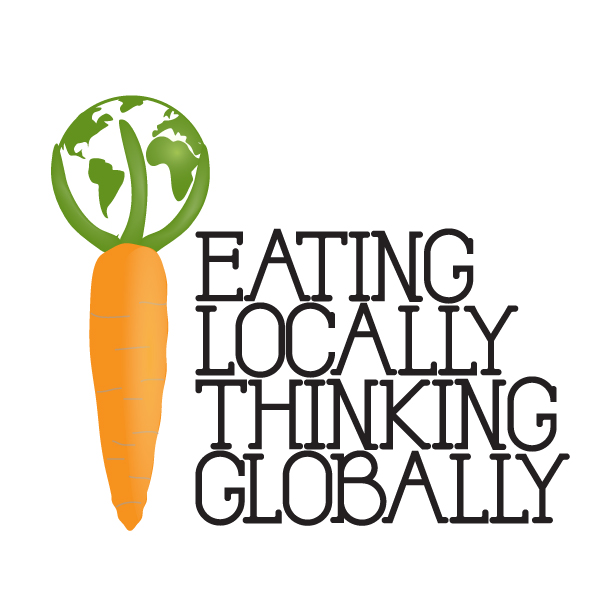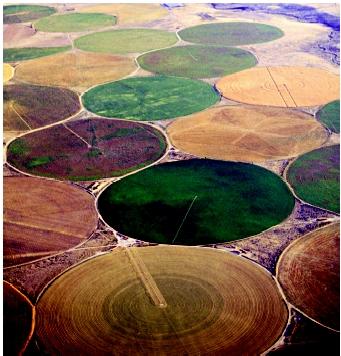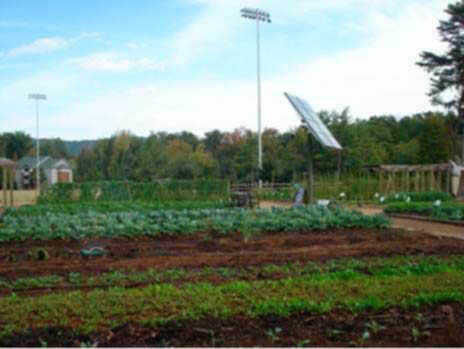When we walk into the grocery store we buy what we think looks goods, sounds good, or fits into our recipes. At Furman, we walk into the dining hall and pick from a variety of pre-made choices. We don’t question how many miles it traveled to get there or how the product was treated along the process. Did you know that typical carrot has to travel 1,838 miles to reach your table? Our grocery stores are stocked with any product we need, however according to the Food and Agriculture Organizationworldwide food available per capita is declining continuously over the past 23 years. Even more startling, 56% of the world’s population or 3.7 billion people are malnourished (WHO).

Not everyone is as lucky as we are so we need to figure out a way to make food production more sustainable. Our world population of 7 billion is growing to around 9 billion by 2050 and our land isn’t growing any larger. Agriculture uses almost 60% of our total water to grow and produce crops. By making all of our agriculture systems more efficient we should be able to support our growing number!s.
Ways to Make Food Production More Sustainable:

– Eat local and seasonally: For example, if Iowa grew 10% more produce locally in we could save 280,000 to 346,000 gallons of fuel, and have an annual reduction in CO2 emissions from 6.7 to 7.9 million pounds.
– Have Farmers use Center Pivot Agricultureto save water: A sprinkler system that moves in a circular motion around a crop circle with is about ¼ mile long. This allows for effective drainage and all areas of the circle to be reached with water without creating unnecessary runoff or soil erosion.
Allow developing countries to create their own markets and not exploit them. By teaching them how to set up a farm, reduce soil erosion, and use less toxic fertilizers developing nations can produce their own food.
At Furman we need to make a conscious effort to do our part. While we might not be setting up agricultural crop systems we can be aware of the food that we buy. We have our own garden located outside the Shi Center; you can’t get more local than that! Check out Sara Mangold’s blog post about the Furman garden. Since so much water goes toward agriculture we need to learn about water systems and how to make them more sustainable. Listen to my podcast to learn more about water use in developing nations! Thanks to the Shi Center and Furman students we are creating a water plant in Guatemala. Listen to my Water Podcast for more information!

